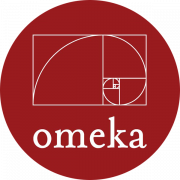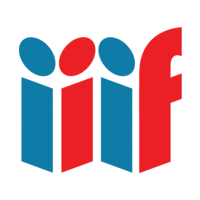About DTMS
An increasing number of scholars and students use digitized medieval manuscripts to carry out their work. Their needs are the same as those working with physical manuscripts: they want to compare pages, take notes, describe quires, leaves and booklets using collation diagrams, and discuss their findings with other scholars. Digital Tools for Manuscript Study is a two-year project generously funded by the Andrew W. Mellon Foundation under the direction of Alexandra Gillespie (Centre for Medieval Studies) and Sian Meikle (Information Technology Services) to address these needs. Our project is grounded in the research practices of manuscript scholars. It seeks to simplify digital manuscript research by making manuscript images themselves much easier to use. We aim to create useful and long-lasting tools that improve researchers’ experience working with digitized books.












Our projects
Our project addresses two key needs of manuscript scholars: annotation and collation (that is, the formulaic description of a book’s three-dimensional composition). To do so, we have chosen to develop plugins for the popular Omeka platform. We integrate VisCodex and Omeka, emerging, lightweight tools with traction in our community of practice, with the International Image Interoperability Framework (IIIF), which de-silos image stores, facilitating cross-institutional research and scholarly communication. Our project also uses the Open/ Web Annotation specification to support data portability for scholarly transcription, translation and annotation. As modular components of the Omeka platform that integrate the content management system with other repositories, the plugins we develop will interoperate and extend Omeka’s capacity to integrate with the larger digital scholarship environment.
Our use cases
In our work on digital tool development, we focus on the medieval manuscripts of Geoffrey Chaucer’s Canterbury Tales, and John Stow, an antiquary and historian of early modern London. Through the structure of the books (in Chaucer’s case) and through the structure of the libraries (in Stow’s case), we learn how these poets, scholars, and antiquarians used the fragments of their past to shape the literary, religious, and political thought of their age. We read over their shoulders, as it were, to reconstruct their books and libraries. Or we peer into the very gutters of books to see—in digital space—how the book’s binding, its pages, and its textual content fit together at different times in its long life, and what that can tell us about the book’s authors, makers, scribes, and readers.


